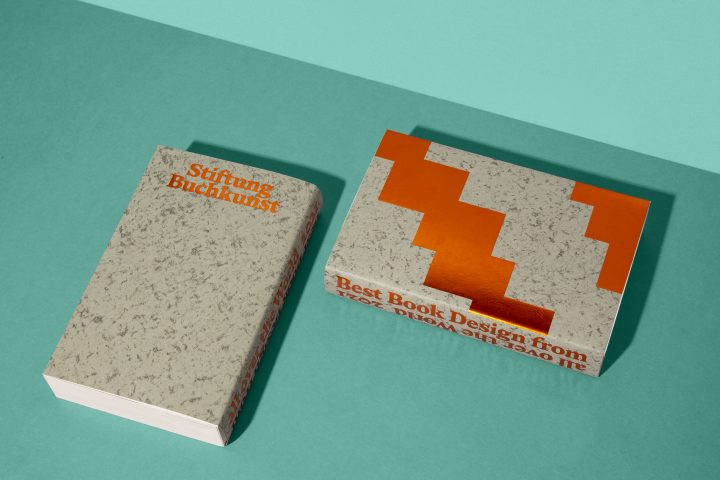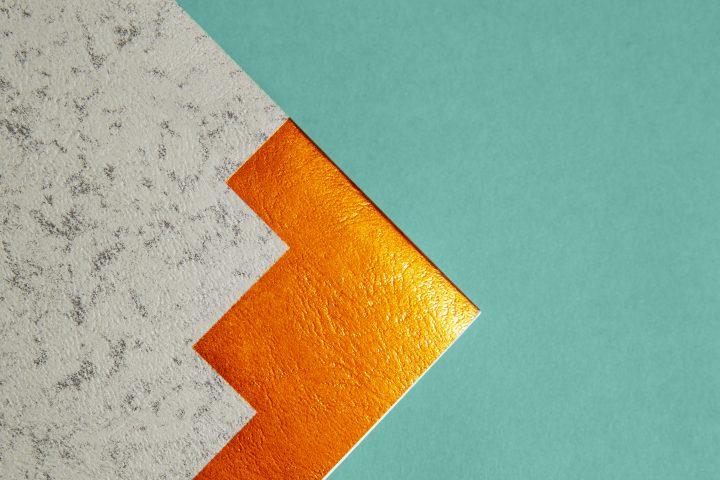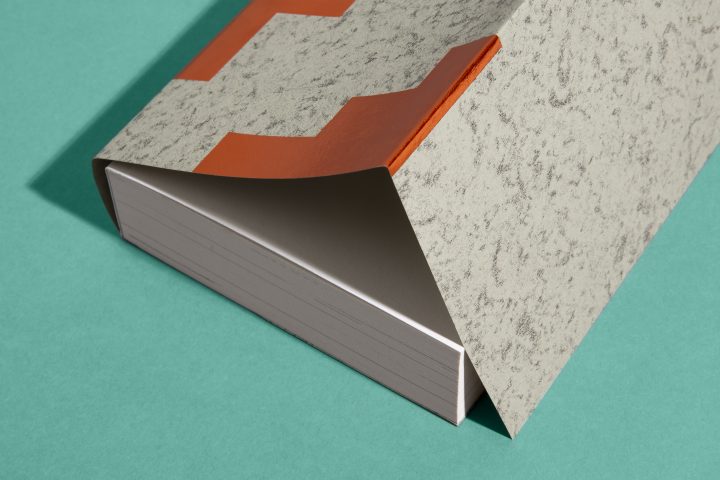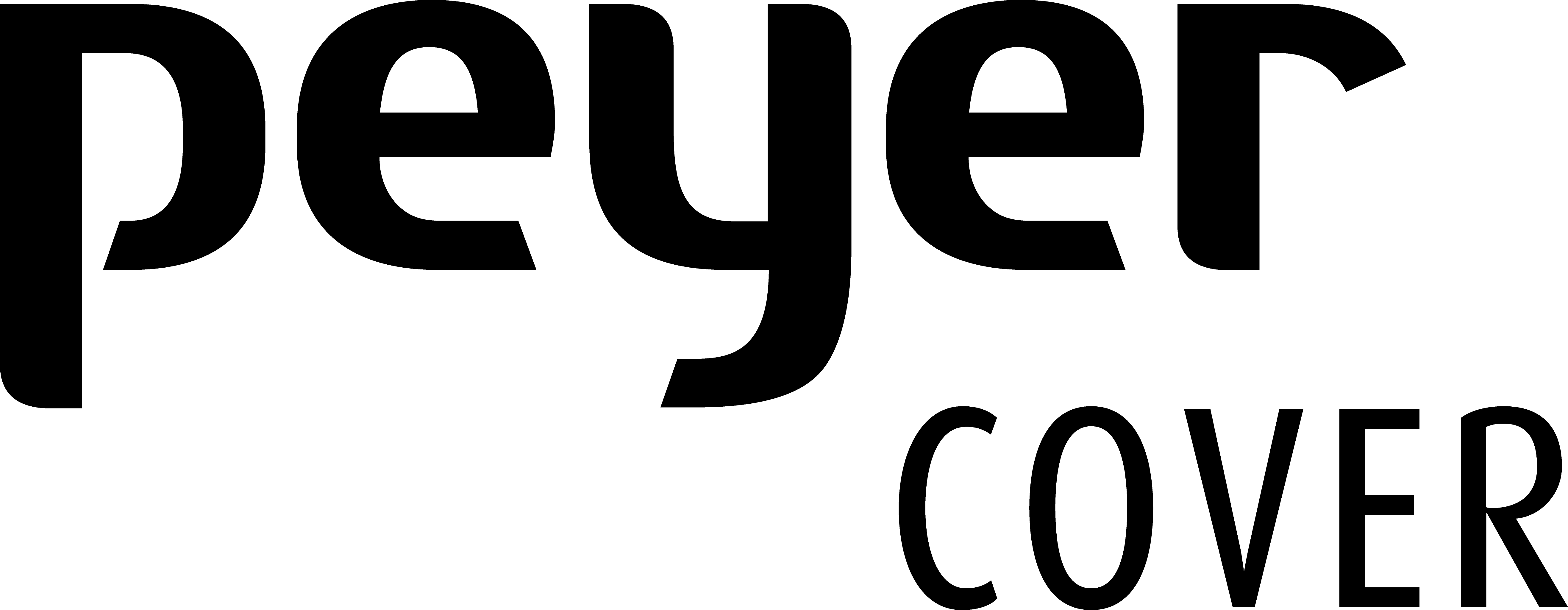BEST BOOK DESIGN FROM ALL OVER THE WOLRD
Much has been written already about this extraordinary book. An overview of the most beautiful books in the world. Not a small claim that had to be met here with the cover design.
Publisher Stiftung Buchkunst together with Johannes Bissinger and Dan Solbach were partners in crime, so to speak, for the design of this edition of the annually published work. Content paper and format are strongly reminiscent of the well-known yellow booklets from a publishing house in Swabia. For many with good memories of either excruciatingly long or far too short German class lessons on Schiller, Goethe and Co.


For Johannes Bissinger, the choice of the loose cover fell on a special material from Peyer - SURBALIN creation in reed green. The archival character of the topic should be reflected in the material. At the same time, through design and foil embossing, the book’s design was transferred right into the here & now & today. The shiny metallic foil stands in maximum contrast to the rather traditional cover material. In the broadest sense, the copper sheen symbolizes the honour of being part of this collection.
Eberl & Koesel printing house was only too happy to meet the designers' explicit request for a sloping edge embossing. Since the final trimming only took place after the embossing, there was no risk of the film coming off the edge.
The plan embossing was carried out using a Pertinax male mold as a particularly hard counter-plate and a brass mold. The hard counter-plate is generally recommended when embossing Peyer papers, since far more long-fiber cellulose is used in the production than various fillers. The increased pressure achieves better results. Also clearly visible and palpable on the back of the cover, where the embossed areas feel much smoother. Incidentally, a hard counter-plate is also recommended when embossing fabrics in order to achieve excellent results, e.g. with edge sharpness and area-wide embossing.
Standard materials (à la wood-free or offset uncoated) are more likely to be embossed at temperatures of approx. 110°C. For the best books, temperatures in the corridor of 120°C to 160°C were used. As always depending on the subject, material and machine.
Successful material selection, artful production and craftsmanship emphasize the paper structure and give the glossy embossing an almost leather-like effect. The perfect setting for the best books from all over the world.

